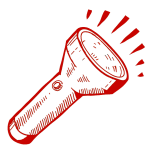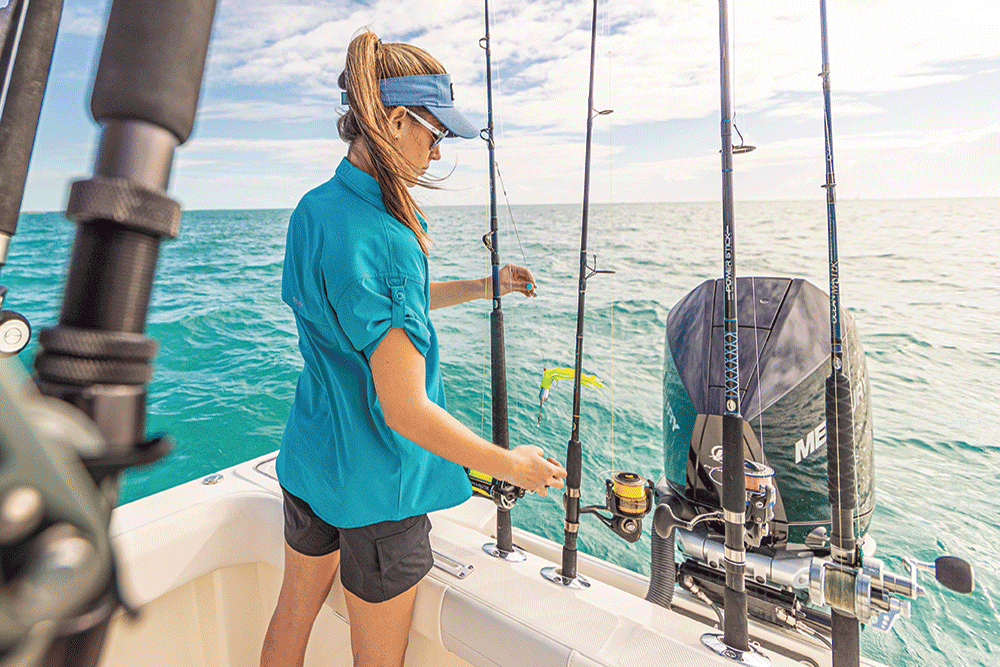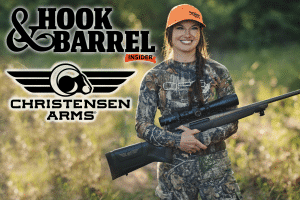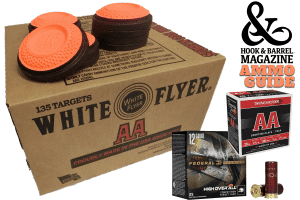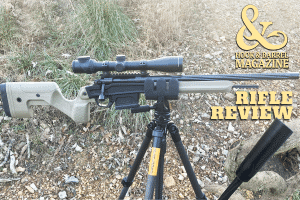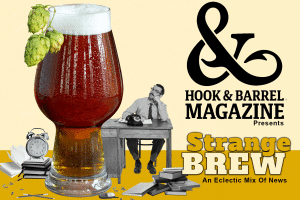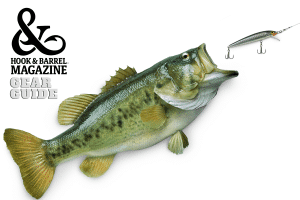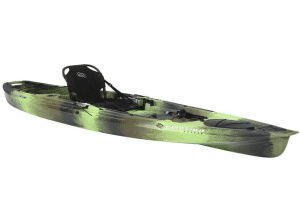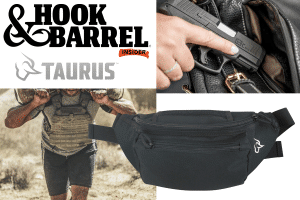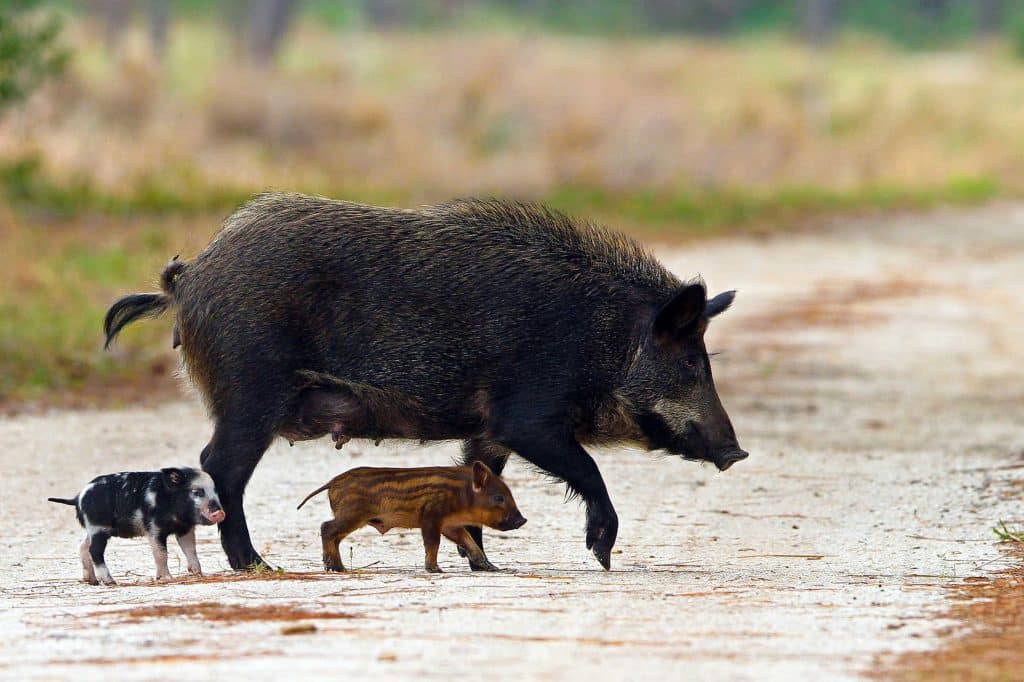
Knowing how to scout for hogs is the key to putting them in your freezer. Use our guide to get started.
Once an anomaly in all but certain areas of the South, wild hogs now inhabit 35 states and are 8-9 million strong nationwide. So, finding one shouldn’t be too hard. But these aren’t ordinary animals. These things are intelligent, and so, it can take extensive scouting efforts to find them.
This is especially true for those who hunt new properties or are in search of the best spots. Again, it can be difficult to find hogs, especially given that they can have very large home ranges. But there are certain things to look for which can make speed scouting for hogs much simpler.
How To Scout For Hogs
Seek Out Wild Hog Habitat
Start by understanding where wild hogs live. Pigs are some of the most intelligent animals in North America. They have the skills and brainpower to thrive in a variety of settings and situations. Their ability to exist in almost any habitat type is rivaled only by the white-tailed deer. You’ll find them in areas from sea level to more than 10,000 feet of elevation.
Still, while hogs are very adaptable, they do have certain preferences. They like a mixture of heavy cover and open areas. They do very well in forest-ag ground mixes, as well as along waterways, such as rivers, creeks, and streams. In these places, they can find everything needed to excel.
“Hogs are food-driven. If you don’t have food, you won’t have hogs” said Kyle Barefield, co-host of All Things Hunting. “I’m looking for food sources. It’s easier to find them there. If you find the food, you’ll find hogs coming to it. From there, go look for a low or wet area that’s close to where they’re bedding. Then, you have a chance to kill one.”
These areas offer bedding cover, food sources, and water sources. Hogs are driven by their bellies. They eat both meat and plants, and they’re opportunistic omnivores. Generally, what they target is largely seasonal. Throughout the year, they’ll eat agricultural foods, browse, chicks, eggs, frogs, grasses, soft mast, hard mast, etc. But, where food is limited, or competition is stiff, they’ll travel great distances to fill their bellies.
“In Oklahoma, we don’t normally have hogs. But we’ll see them in the summertime when the pressure is limited,” Barefield said. “They’ll be on different trail cameras for four or five miles. You can tell they’re following the river system or hitting the feeders when they smell the corn or are looking for a sow.”
Use E-Scouting to Scout For Hogs

The most efficient scouters use technology in their favor. If you’re looking on a very large scale, use national, state, or county-specific maps that show known inhabitations of wild hogs. This can kick off your search positively.
When drilling down on specific properties, use a hunting app, such as HuntStand, to scout potential hog hunting hotspots. (For clarity, I’m a HuntStand ambassador, but I used it long before working with the company.) This tool offers a variety of app layers that can help reveal certain areas to focus on. For example, use aerial layers to find thick, early successional habitats where hogs might bed. Generally, these areas will be a lighter green color, while mature timber will be darker green.
Another useful tip is using a topo, contour, hybrid, 3D, or other app layer that displays elevation changes. Generally, hogs spend time in lowlands near water where it’s cooler. They commonly find cover, food, and water in these areas. Apps that incorporate layers that can be useful here include OnX Hunt, Google Earth, and GOHUNT.
Use digital apps and maps to find food sources, such as ag fields, food plots, etc. Lowland areas might produce more amphibians, grubs, and other smaller sources of protein. Other app layers might help reveal additional potential food sources, such as overlays that highlight mast-producing trees.
Sweat It Out: Boots on the Ground
With a general understanding of hog habitat, while in the field, move into likely areas and search for specific sign. It’s time to put boots on the ground and search the areas you found while e-scouting.
In open settings, it might pay off to start by glassing from afar. However, if it’s very hot and hogs aren’t moving much during daylight, the juice might not be worth the squeeze. If you glassed from afar with success, move into the areas with the most promise. If not, revert to your e-scouting finds and check the areas that are most likely to produce. Carry trail cameras with you and place these in hot spots you find. Where legal, use cellular cameras for the fastest intel.
Hogs aren’t the most subtle of creatures. In fact, they leave behind more abundant and apparent sign than almost any animal in the wild. It’s easy to see where they’ve been. This makes speed scouting much easier than for many other animals. Finding the sign that’s on the landscape will come in numerous forms, of which the following are most important.
Beds
Hogs generally bed in areas where they feel safest. In most cases, this is the thickest areas they can find. Oftentimes, if it’s too thick for even a deer to use, that’s where hogs will be. They like the earliest successional cover possible that also offers a cool, shaded, safe place to spend daylight hours.
Droppings
Every animal excretes waste. Hogs are no different. Their droppings can vary in consistency, shape, and size. What they eat and the time of year both impact this. Generally, in most instances, scat is rounded or elongated. However, it can also appear in rounded balls, large pellets, or even a more liquid form, depending on food consumption, time of year, and overall health.
“We’ll gauge the size of hog by the size of its dropping,” Barefield said. “When we see those around our feeders, we know how big most of the hogs are.”
You might even see signs of what the hog recently consumed, too. Look for specific plant matter, such as corn, hard mast, and other common food sources, to determine what hogs have been feeding on, and where.
“We find droppings mostly around where they feed,” Barefield said. “For whatever reason, I don’t find a lot of droppings in bedding areas. It’s usually along trails to and from and not far from food.”
Rooting

Hogs have very poor eyesight, but their nose is top shelf. Because of this, it’s their primary tool for finding food. Given the tools they’re equipped with, hogs commonly root, which is a form of shallow digging, to find food. This will leave behind areas of disturbed ground and exposed soil. You might even see extreme levels of crop and habitat damage.
“You’re looking for areas where they’ve been rooting, which is where the ground is all torn up,” Barefield said. “Generally, it’s the same kind of areas where you’d find whitetails feeding, whether it be food plots or mast crops. Anywhere you think a whitetail might be, that’s where I would go looking for hogs.”
Tracks
At first glance, hog tracks can seem very similar to deer. There are noticeable differences, though.
First, at the tip, deer tracks are much more pointed, while hog tracks are more rounded. At the heel, on the inside edges, deer tracks have a discernible angle, while hog tracks display a more gradual turn to the outside. Despite these differences, it’s the dew claw that best gives away a hog track. Generally, a deer’s dew claw is largely rounded and in line with its associated half of the hoof. In hogs, the dew claw is more pointed, angles outward, and sits on the outside edges of the hoof.
“Sometimes it’s hard, but you can differentiate it from a whitetail’s track,” Barefield said. “Hogs have a more rounded hoof, especially as they get older. If it’s almost as wide as it is long, you know it’s a big one. When you do cut a big track that you know is a hog, it doesn’t mean it’s always going to be there, though. It might tend to range or be looking for a sow.”
Trails
Those who hunt in areas with an abundance of hogs generally see large sounders. With their large numbers, these groups of pigs can blaze new trails seemingly overnight. That said, frequently used trails that are close to bedding areas become major highways of activity. These are very apparent.
Wallows
Wild hogs cannot sweat. Because of this, during warmer temperatures, they must find cooler, shaded areas to find reprieve from heat. This makes wallows all-important to look for. These are primarily used by hogs to remain cool. Hogs also benefit from these in other ways, including relief from pesky insects.
“Find where they’ve been laying and wallowing in the mud,” Barefield said. “If you find four or five areas in the soil the size of your truck, that’s generally an area they’ll come back to. If it’s fresh, they aren’t far from there.”
Generally, you’re looking for medium- to large-sized muddy areas. There will be exposed ground, muddy soil, and standing water. If you’re still unsure if it’s a wallow, look for tracks and hairs on the ground. Also, look at the sides of trees near the wallow. Hogs commonly rub against vertical structures and vegetation.
Other Scouting Tools
While scouting for hogs is mostly about sight, it’s important to use your other senses as well. Your ears and nose can be used in conjunction with other methods when scouring the landscape in search of hogs.
First, use your ears. If in proximity, and in thick cover, you’ll oftentimes hear hogs before you see them. They make an array of vocalizations, including growls, grunts, roars, squeals, and more. Listen for these clues that hogs are nearby.
Don’t forget about your nose, either. If it works at all, and you’re downwind of hogs, you should smell them. These odor-rich animals can be quite pungent. You might even smell where they’ve been, such as well-used bedding areas, even after they’re gone.
Hunting Tactics for Pressured Hogs

